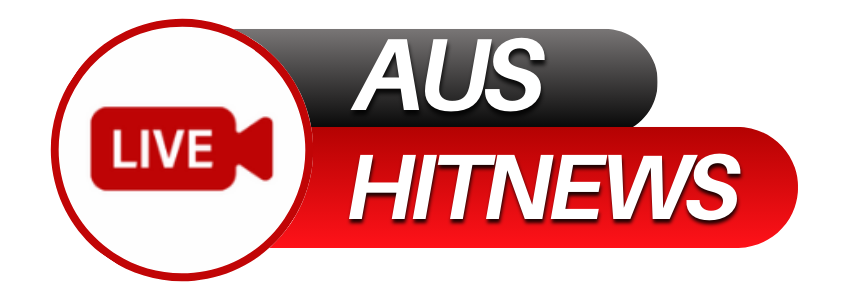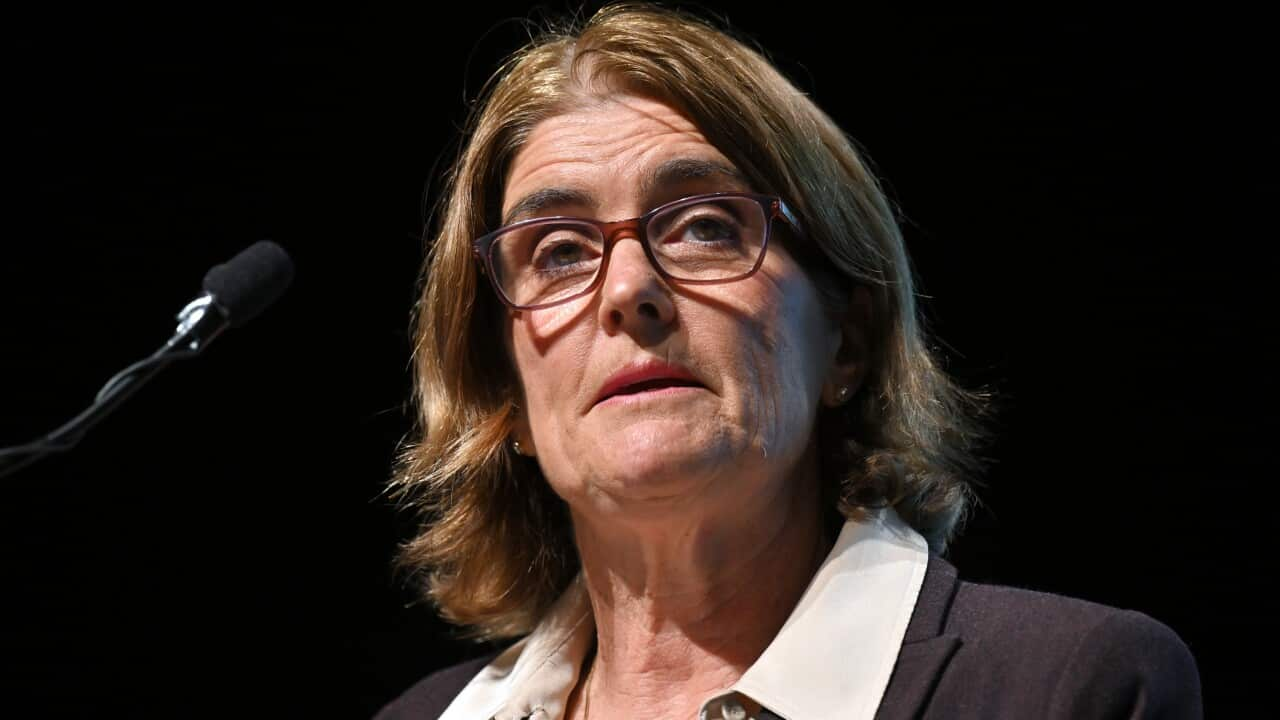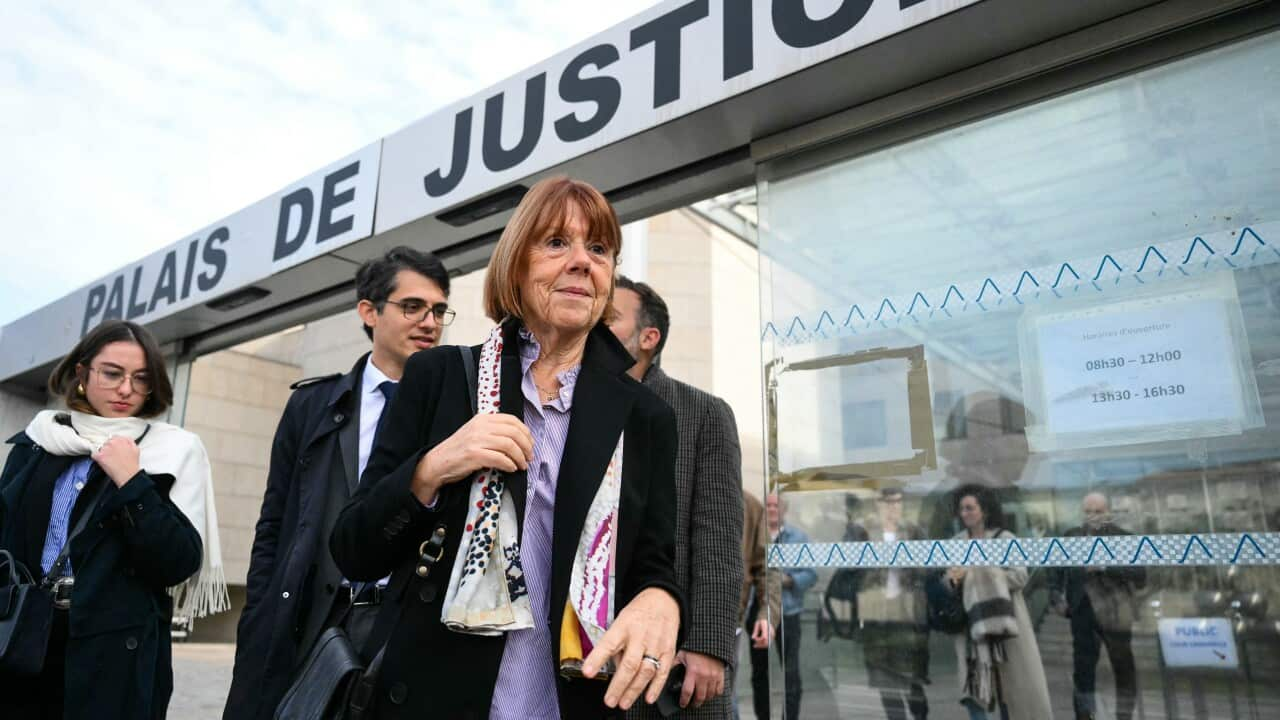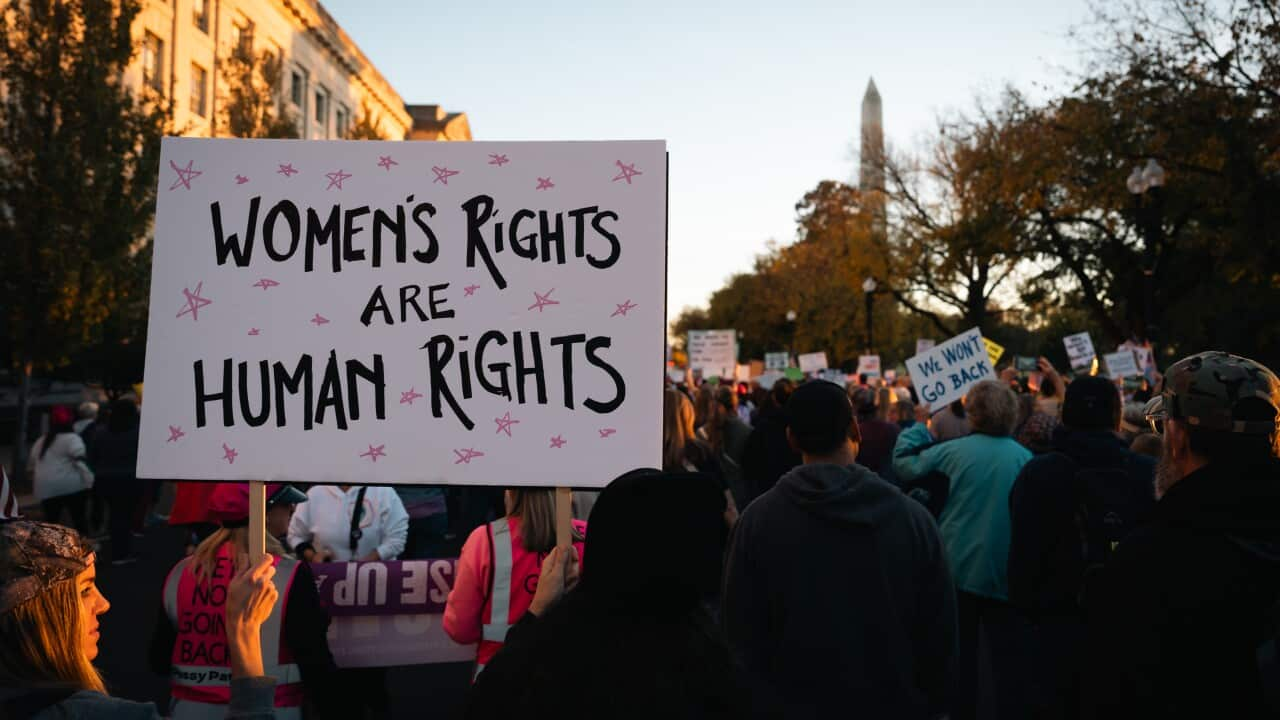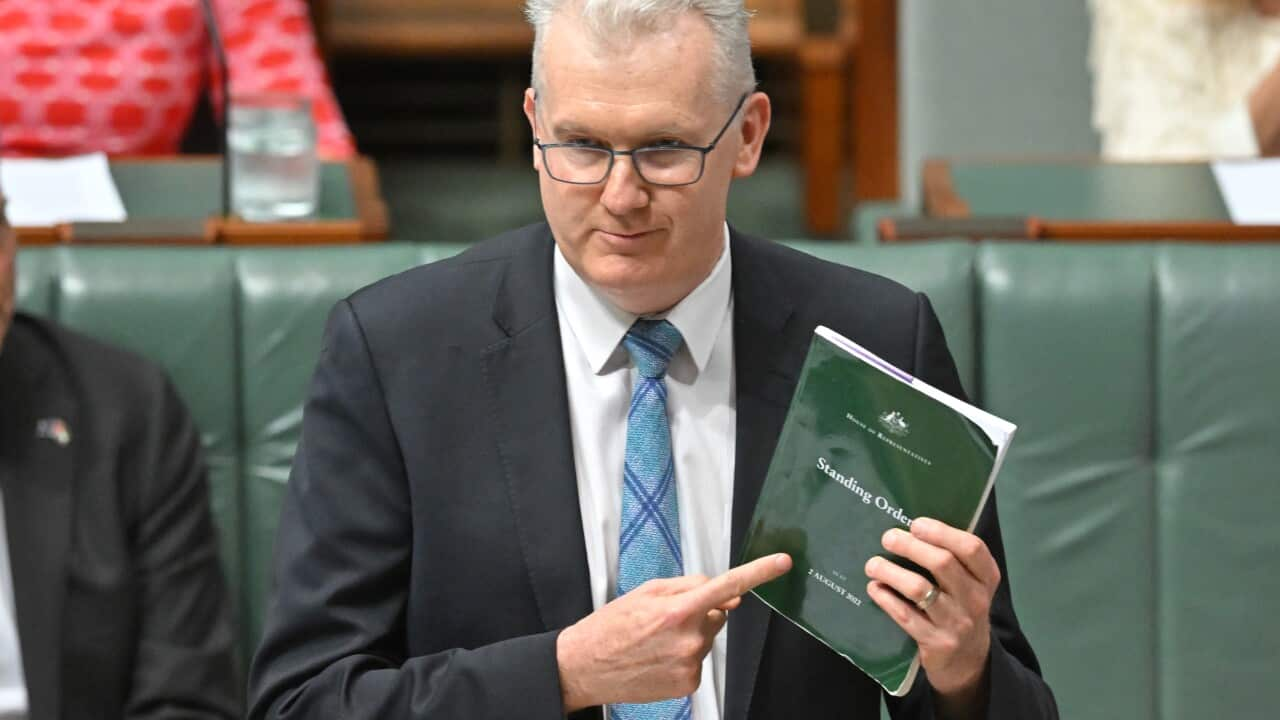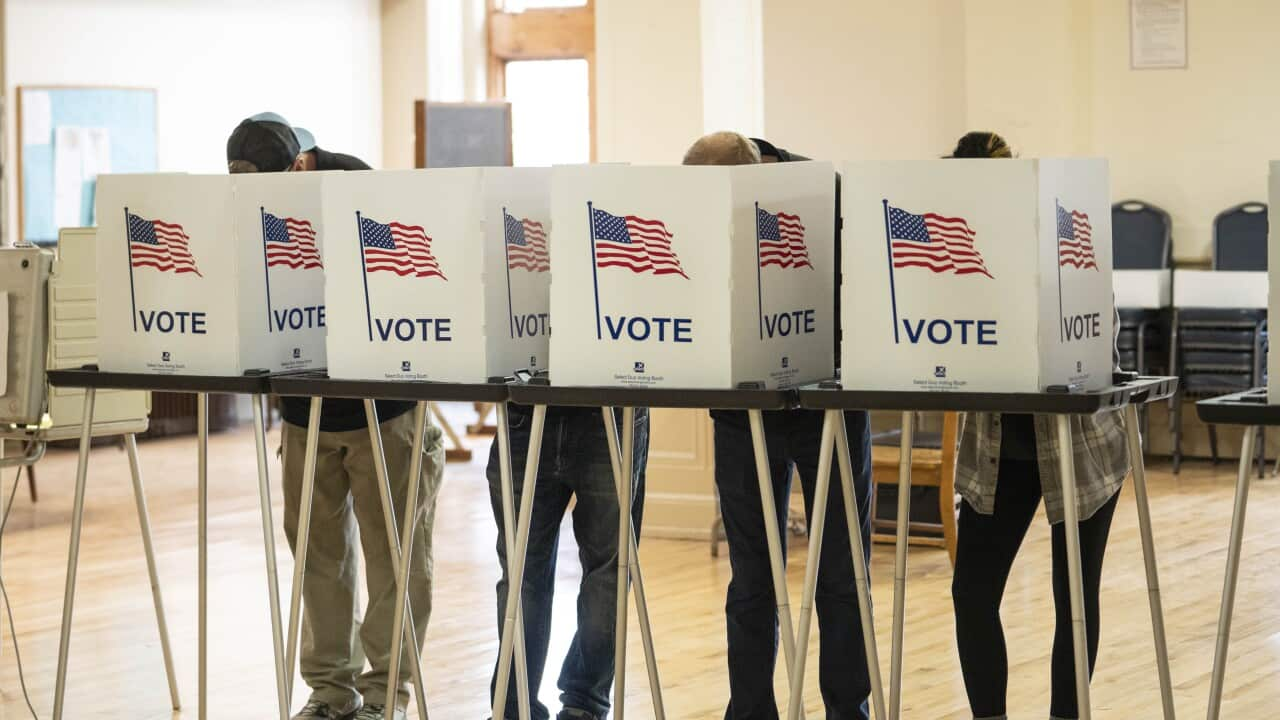Around a third of Australian homes are owned with a mortgage, which for many people is their most significant financial asset, and home loan repayments are a major household expense.
Tuesday’s decision by the Reserve Bank of Australia (RBA) to maintain the target cash rate at 4.35 per cent marks 12 months since rates last changed.
Sally Tindall, data insights director at financial comparison site Canstar, said mortgage repayments have gone through a “meteoric rise” as a result of cash rate hikes.
“Someone with a $600,000 loan a year ago, if they were a complacent owner occupier who’s just sat back and accepted all the RBA rate hikes that’s 4.25 percentage points of cash rate hikes,” she said.
“Data from April in 2022 shows the average owner occupier was on a rate of 2.86 per cent, when you add 4.25 percentage points, they’re sitting on a rate of 7.11 per cent.
“Over the last 12 months with that cash rate sitting at 4.35 per cent, they have shelved out an estimated $42,000 in interest alone to their bank.”
Based on recent lending reports from major Australian banks, Tindall estimates 90 per cent of mortgage holders are on a variable rate, meaning their repayments are tied to the cash rate.
Around 90 per cent of mortgages are on variable rates, accounting for over 50 billion dollars in home loans in the most recent data set.
“There’s not many people opting for a fixed rate at the current prices. The ABS (Australian Bureau of Statistics) data shows us that, and the proportion of new and refinance loans opting for a fixed rate in September was 2.6 per cent,” she said.
While it’s a tough time for many mortgage holders, Tindall was not surprised by the RBA’s decision.
“It’s focused on underlying inflation which is still too high by the RBA’s own measures,” she said.
What’s the difference between underlying and headline inflation?
The RBA considers several economic factors when setting the cash rate target, including underlying and headline inflation.
In its statement on monetary policy for November, the RBA explained that while headline inflation has fallen, underlying inflation is too high.
Headline inflation was 2.8 per cent over the year to the September quarter, within the RBA’s inflation target of 2-3 per cent, while underlying inflation sat at 3.5 per cent over the same period.
University of New South Wales economics professor Kevin Fox explained that underlying inflation is a more prudent way of predicting cash rate changes.
“Underlying inflation takes out volatile factors like the cost of automotive fuel. The idea is that that gives a bit of read on really the fundamentals in the economy,” he explained.
“Whereas headline inflation can be linked to temporary measures,.”
, which estimates the costs of goods and services.
However, it does not take into account mortgage repayments.
“If mortgage repayments are included in the CPI while inflation goes up, and so the Reserve Bank increases the inflation rate, that’ll increase mortgage repayments and that’ll further make inflation go up so that the ABS would be chasing their tail,” he said.
Living costs on the rise, but not by much
Employee households, whose primary source of income is wages and salaries, experienced their smallest quarterly increase in living costs since the September 2021 quarter.
Living costs for the remaining household types rose by the smallest amount since 2020, according to the latest data from the ABS on Wednesday.
Employee households’ living costs rose 0.6 per cent this quarter, around half the 1.3 per cent increase last quarter. Other households were up around 0.3 per cent for the quarter, but down from approximately 1.2 per cent in the previous quarter.
Michelle Marquardt, ABS head of prices statistics, said employee households experienced higher living cost increases because of rises in mortgage interest rates.
“While the Reserve Bank of Australia’s cash rate remained unchanged this quarter, mortgage interest charges still rose due to the continued rollover of some expired fixed-rate mortgages to higher variable rate mortgages and higher mortgage debt levels,” she said.
What will the RBA do next?
The RBA is still aiming to return underlying inflation to its target of between 2 to 3 per cent.
Until then the cash rate will stay “restrictive.”
“Underlying inflation is expected to ease slowly as demand in the economy moves back into line with supply,” it said.
The target cash rate of 4.35 per cent is the highest it has been since 2011.
“While headline inflation is expected to be in the target range in the first half of next year, part of this is due to temporary cost-of-living relief.”
And while the cost-of-living pressures are mounting on mortgage holders, the future remains unknown.
“Underlying inflation, which is a better guide to inflation momentum, is easing more slowly,” it said.
“Heightened geopolitical risks and potential changes to trade and fiscal policies abroad add to this uncertainty.”
The RBA will hold its final meeting of the year in December.


